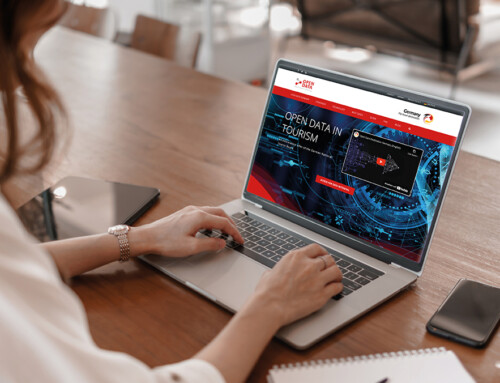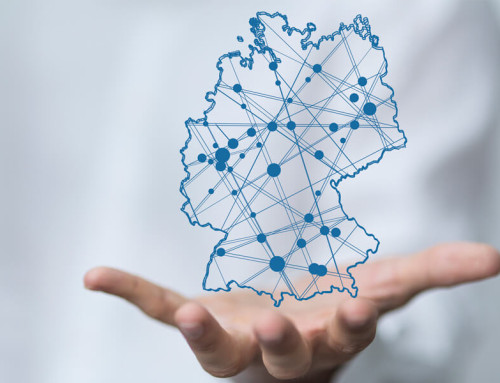We often hear the statement “I understand open data in theory, but how do I prepare my data to be open data now?” In order to explain the necessary steps in a comprehensible way, we would like to give you 10 practical tips. These are divided into the three main pillars of licenses, content and general.
Licenses
Review of the image and text inventory as well as contracts with photographers, authors and, if applicable, other content producers
- How were images and texts purchased?
- Which rights apply?
- Are they neatly documented?
- Is it possible to pass on the data to third parties?
- Under which conditions can the data be shared?
- If necessary, renegotiate and agree on new terms.
Arrange new contracts with service providers.
- Conclude a total buy-out contract, or grant exclusive, temporally and spatially unlimited rights of use.
Check contractual relationships with partners regarding provided images, media and other content.
- Are the rights of use (see above) clearly documented for every content provided by partners?
- Is it clearly regulated in the contractual relationships with the partners which regulations apply in case of missing or incorrectly stated rights of use?
Relevant Data Types
- Which data types (POIs, events, accommodations, offers, etc.) should be recorded in the database?
Data Sharing Considerations
- Which data is released?
- Are all records released?
- Are there any (legal) restrictions to be considered?
- What speaks against releasing my data?
- Why shouldn’t the data be available as open data?
- Are there any disadvantages in opening up the data?
Licensing Audit:
- Which data (images, texts etc.) may be shared under which conditions (with/without attribution, commercial/non-commercial, with/without the right to edit)?
- It is important to keep in mind: Once rights have been assigned, they are difficult to change, especially when it comes to tightening.
Content
Definition of relevant data:
- Which data should be collected in the database?
Status Quo:
- Which contents are already available? Images, texts, videos etc.
Content Production:
- Which content needs to be created or purchased and by whom?
- Is the content created in-house or is an external service provider (e.g. photographer, copywriter) commissioned?
- Who are the professionals on site?
- Who (e.g. guides, hosts, suppliers, service providers) can provide content and tips?
Content Quality
- What are the minimum qualitative standards for images, texts, etc. that present the destination and its offers?
Concentrate on the most important entries:
- What are the top trips, biggest/most important events, most important sights, most popular tours?
Quality vs. quantity, less is more:
- If necessary, maintain fewer entries at the beginning, but keep them complete and up-to-date so that the data pool is built up gradually.
Nothing is more annoying for the guest than outdated and/or incomplete information.
Regular control and revision of the entered data:
- Are opening hours up to date?
- Are there any special summer/winter opening hours or closing days?
- Are the prices correctly advertised?
- Has anything changed in the course of a tour?
Completeness:
- Will the guest find all the information in my data or will they have to look elsewhere for more information?
- Are contact details available and complete?
No one knows the place/offer better than the destination itself.
Deliver Added Value:
- Which added value can your own data provide to the guest?
- Which recommendation and detailed information can only a destination provide?
Show Insider Knowledge:
- “We are the professionals”
Information:
- Which information does the guest expect and need before, during and after his visit?
- Will he find this information in my collected data?
- Does he need tangible facts or descriptive marketing texts?
Touchpoint:
- Where does the guest come into contact with my data?
- Where/in which environment can they find information about the destination/the offer?
Basic Need:
- Is the guest’s need for information satisfied by my data?
- What information would excite the guest?
General
Use further training:
- Many LMOs offer free workshops, eLearnings and information.
Maintain exchange:
- With colleagues, benefit from the experience and know-how of others.
Planning:
- The digitization of data requires resources. Both human and financial resources need to be budgeted.
Investment in the future:
- The advantage of central data collection is time saving. Changed at one point, the data is automatically adjusted in all output channels.
Susanne Bleibel
Tourismus Marketing GmbH Baden-Württemberg
Susanne Bleibel is responsible for data management at the TMBW.













